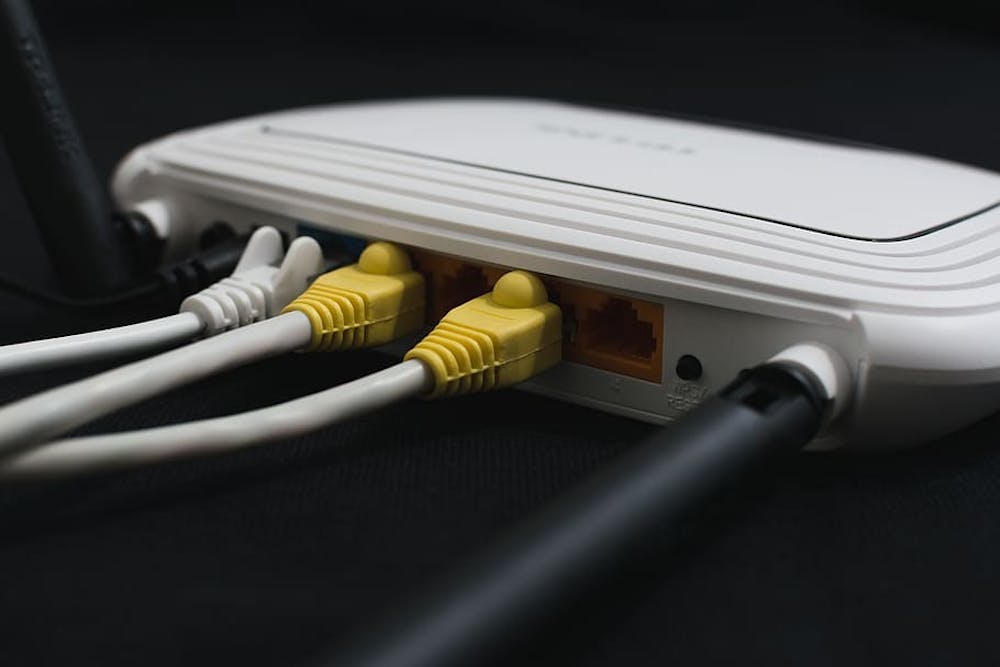When I cast my vote in the Colorado Democratic primary on Super Tuesday, there was one thing on my mind about which candidate I should support. It wasn’t about immigration, abortion, or student loans, even though those are extremely important topics in American society. I was most worried about something that hasn’t been put on the radar of most voting Americans: rural Internet access.
Even at Princeton, a municipality that shares the Northeast Corridor train with massive urban areas like New York City and Philadelphia, I am constantly thinking about how my vote will impact rural areas. Don’t let the Ivy League student label fool you: I hail from a county in Colorado that has three people per square mile. My town is four hours away from the nearest international airport in Denver.
When COVID-19 finally reached Princeton University, forcing just about all of us out, I had to elect to remain on campus because I am one of 19 million Americans — roughly six percent of the entire U.S. population — that has difficulty getting fair and adequate access to home internet. Any connection a household has in my hometown is slow and finicky, magnified by the thick plaster and brick walls that hold up the historic houses that comprise almost the entirety of my municipality.
I understand that Princeton has offered a portable hotspot to some students, but this hotspot can only work if the student’s place of dwelling has the infrastructure for it. Though Princeton’s actions are laudable, this only fixes issues on an individual scale, not on the community- or nationwide level.
For rural Americans and for those who come from low-income households, the internet is an expensive and difficult commodity to procure. This is often alleviated by visiting public places like cafes, fast-food restaurants, and libraries, but the COVID-19 crisis effectively cuts off those critical resources. Furthermore, some Americans do not have basic access to libraries or public spaces that host free internet regardless of a global pandemic. In some cases, the neighborhood is too dangerous to navigate, the family work schedule does not fit the hours of public places hosting free internet, or the place offering such a resource is too far away. A great example of this is the East Trenton neighborhood, which has had their library shuttered for years despite the other boroughs of Trenton having such facilities.
During a crisis like COVID-19, internet access delineates a specific divide between the socioeconomic classes and geographic locations of homes for students at Princeton and across the United States. It is no longer just an issue of technology, but a problem with farther reach, which includes access to other commodities, education, equity, employability, and opportunity. The internet is no longer a luxury; it is a necessity to function in modern society. Thus, internet access is a matter of equity across all social classes, races, and regions.
Without internet access on a normal day, sans a global pandemic, job searches become complicated and difficult. Access to cheaper goods at competitive prices and grocery delivery is restricted, and the ability to search for information and communicate comes at a premium. With COVID-19, every issue is magnified, and additional issues arise.
Private companies can refuse outright to serve rural or low-income towns and neighborhoods because they claim they cannot make enough revenue, whereas the ones that do offer services can charge staggering prices, much higher than in other areas. My family stopped going to a national chain grocery store because of their predatory practices of price inflation in my rural community. Companies — especially those who provide broadband services — can do this because there’s nowhere else to go and no competitors for their victimized clients to turn to.

These costs do not only degrade domestic life — they create perilous conditions for small businesses trying to survive in these areas. They drive up the costs of local medical care and legal services — two things that have gone to online filing systems without regard for the technology infrastructure of six percent of America. The internet also aids in the dispatch and navigation of emergency services, but their speed and abilities are significantly hindered due to the lack of internet access or the high costs.
By providing broadband access to all — or at least mandating it — the greedy practices of large-scale internet corporations will be halted, and some amount of equity will finally be granted to those who live in the political and social periphery.
The Telecommunications Act of 1996 was passed in order to help get the Internet deployed to all Americans who needed it — it is time that the federal government makes good on a 24-year-old promise.
Sally Jane Ruybalid is a junior from Trinidad, Colo. She can be reached at sjr4@princeton.edu.









